What is a Balance Bike?
A balance bike is a type of bicycle that doesn’t have pedals and helps children learn how to balance and steer. Unlike traditional bicycles, balance bikes allow children to focus on balancing while pushing off the ground with their feet. They are an excellent way to prepare children for riding a regular bike without training wheels. Balance bikes not only teach balance but also help develop coordination and confidence.
What Age Range is Suitable for a Balance Bike?
Balance bikes are typically suitable for children aged 18 months to 5 years. However, the choice of balance bike depends on several factors, such as the child’s height, weight, developmental stage, and riding experience. Different brands and models come in various sizes and features, so it's important to select the right one based on your child’s needs.
1. 18 Months to 2 Years
For younger toddlers just starting to walk, it’s essential to choose a lightweight and low-seat balance bike. These bikes allow children to place their feet on the ground to push and balance more easily.
Features: Lightweight, low seat height, suitable for children just learning to walk.
Selection Tip: Look for a bike with an adjustable seat, lightweight frame, and non-toxic materials.
2. 2 to 4 Years
At this stage, children typically have better coordination and can ride more comfortably. A balance bike with an adjustable seat height will grow with your child as they get taller and more confident in their balancing skills.
Features: Adjustable seat, better suited for children who have learned to walk and run.
Selection Tip: Look for larger wheels to accommodate different terrains and provide better stability.
3. 4 to 5 Years
By this age, many children have mastered balancing and turning on a balance bike, and they can ride faster. At this stage, a larger balance bike can serve as a great transition tool to a regular pedal bike.
Features: Larger, sturdier frame, more speed and stability.
Selection Tip: Choose a bike with a solid frame, large tires, and an adjustable seat for a child who is taller and more active.
How to Choose the Right Balance Bike?
When selecting a balance bike, parents need to consider several key factors to ensure the bike is safe, comfortable, and suitable for the child’s needs.
1. Seat Height and Adjustability
The seat height is one of the most critical factors to consider. When sitting on the seat, a child should be able to place both feet flat on the ground to help maintain balance. Look for a bike with an adjustable seat to accommodate your child’s growth.
2. Bike Weight
A lightweight balance bike is easier for children to control and maneuver. If the bike is too heavy, it can affect their riding experience and make it harder for them to balance.
Recommendation: Look for a balance bike with an aluminum frame, which is both light and durable.
3. Tire Type
Balance bikes come with either air tires or solid tires. Air tires offer better comfort and grip, especially on uneven surfaces, while solid tires are more durable and ideal for smooth city streets.
Recommendation: If your child will ride mostly on rougher terrain, choose a bike with air tires. For smoother surfaces, solid tires may be more suitable.
4. Safety Features
Safety is paramount, so make sure the bike has no sharp edges and that the frame is smooth. The handlebars should have a comfortable grip to prevent slippage, and the tires should be non-slip to provide good traction.
5. Materials and Durability
The materials used in the balance bike will affect its durability and weight. Common materials include wood, steel, and aluminum. While wood bikes look attractive, they may not be as durable as metal ones. Steel bikes tend to be heavier, but they’re strong, while aluminum frames strike a balance between light weight and durability.
Recommendation: If you want a lightweight and durable bike, an aluminum frame is ideal.
How to Help Your Child Transition to a Regular Bike?
Once your child has mastered balancing on the balance bike, they’ll be ready to transition to a regular bike. Here are some tips to ensure a smooth transition:
Encourage Frequent Riding
Let your child ride the balance bike as much as possible to help them gain more confidence and balance skills.
Gradual Transition
When transitioning to a pedal bike, look for a balance bike with detachable pedals, which allows your child to gradually learn how to pedal while still focusing on balancing.
Build Confidence
Ensure that your child feels confident before moving to a regular bike. Parents can offer encouragement and support while holding the bike steady.
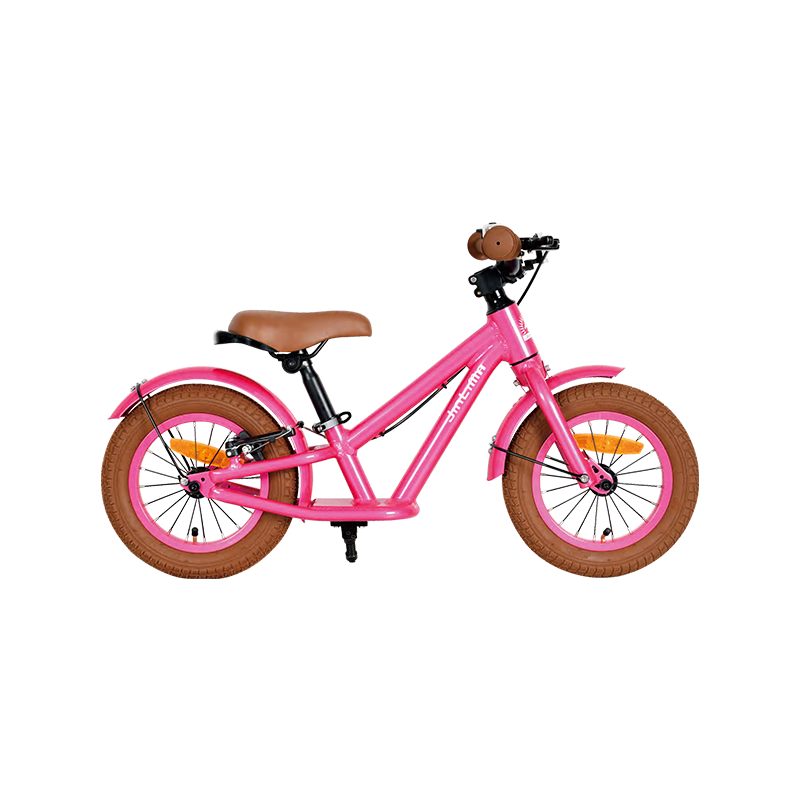
Choosing the right balance bike is crucial for your child’s development, as it helps them learn balance and prepares them for cycling on a traditional bike. By considering factors such as your child’s age, height, weight, and the riding environment, you can select a bike that will help them succeed.
Whether you’re buying a balance bike for a toddler or looking to transition to a larger bike, the key is finding a bike that is safe, comfortable, and suitable for your child’s abilities. A well-chosen balance bike is an investment in your child's future cycling skills and confidence.


 0
0


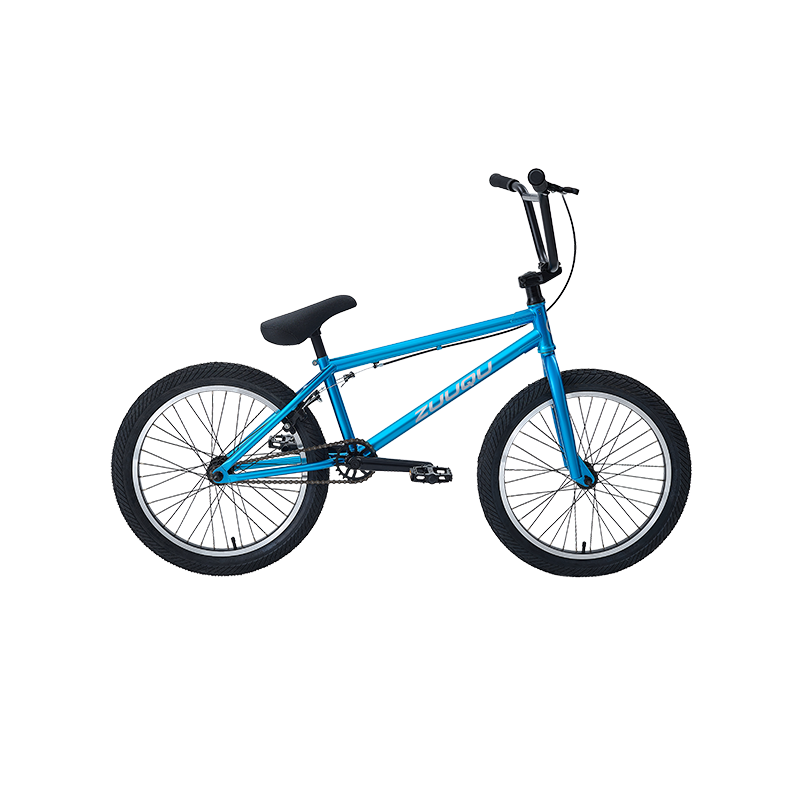

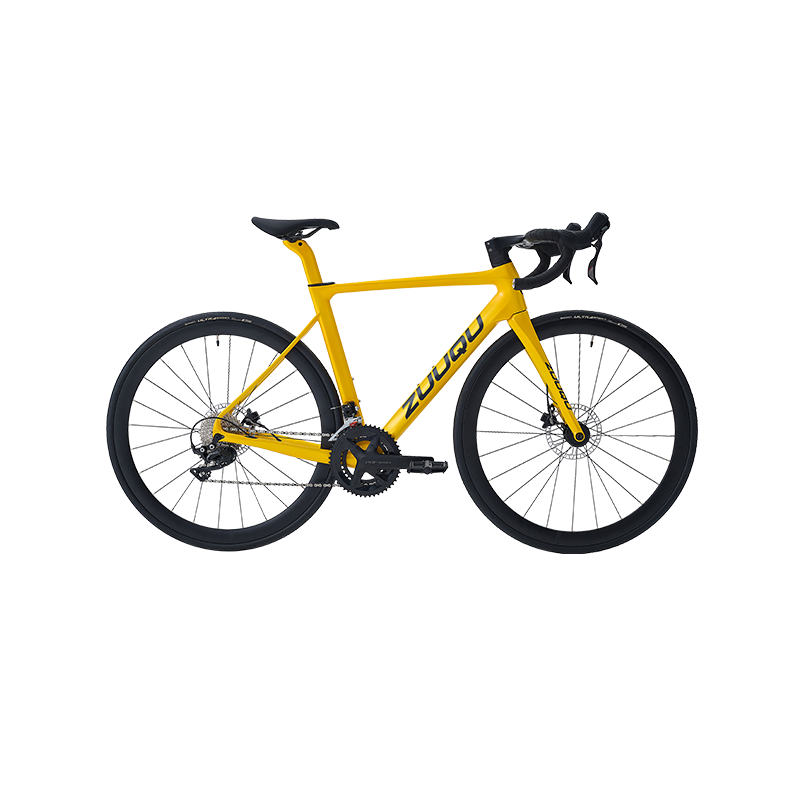
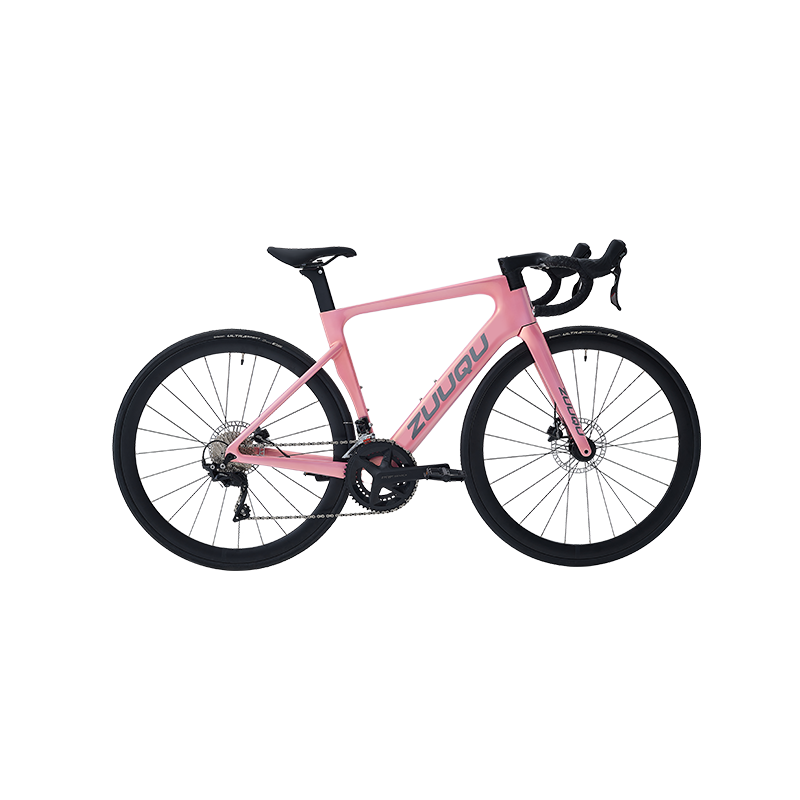
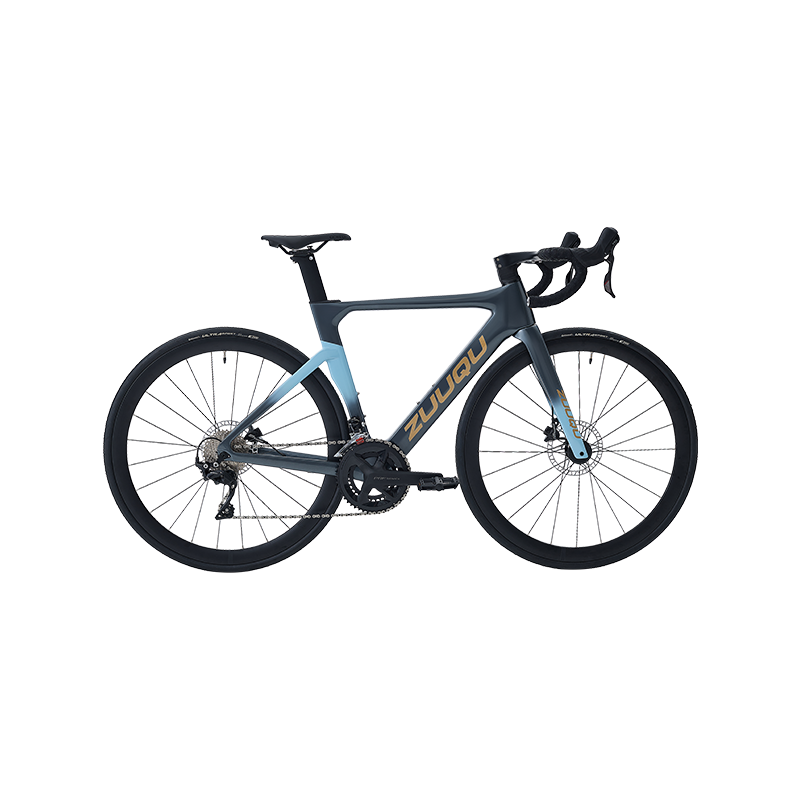
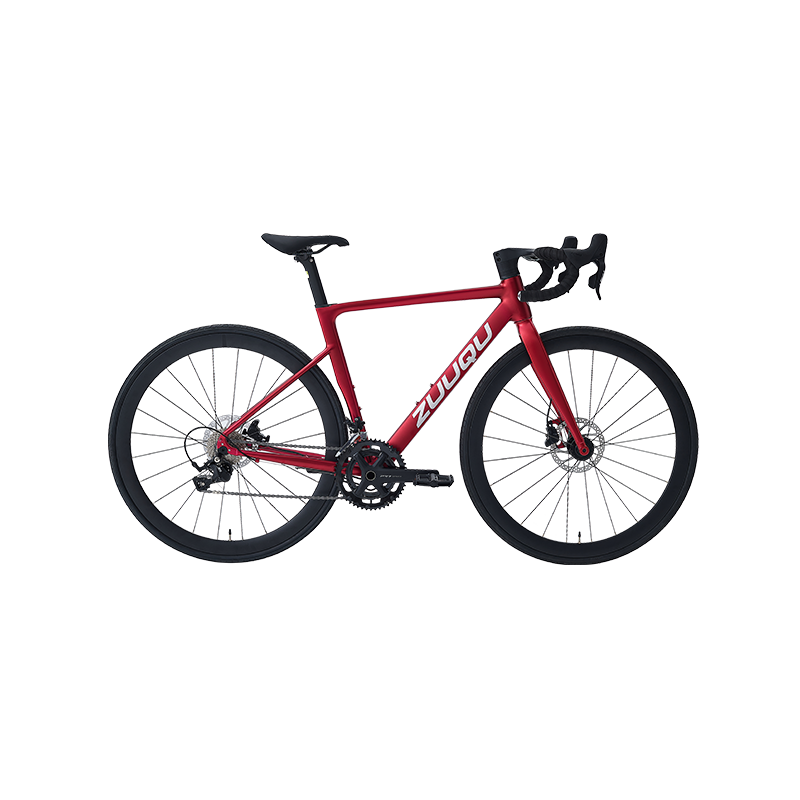
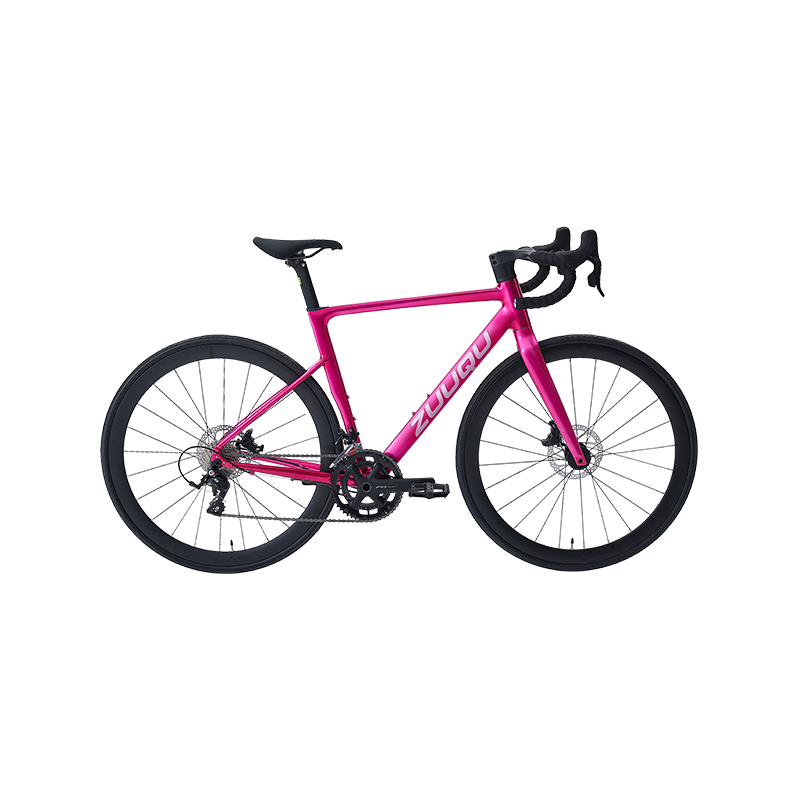

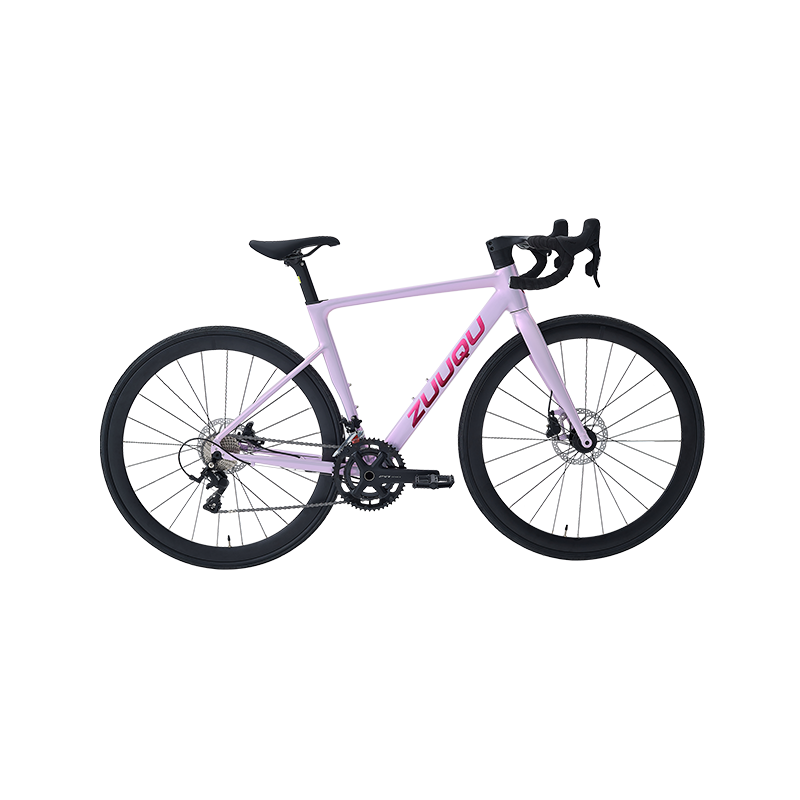
 Linhang industry park, Zhuji,
Linhang industry park, Zhuji,  +86-18858280688
+86-18858280688
